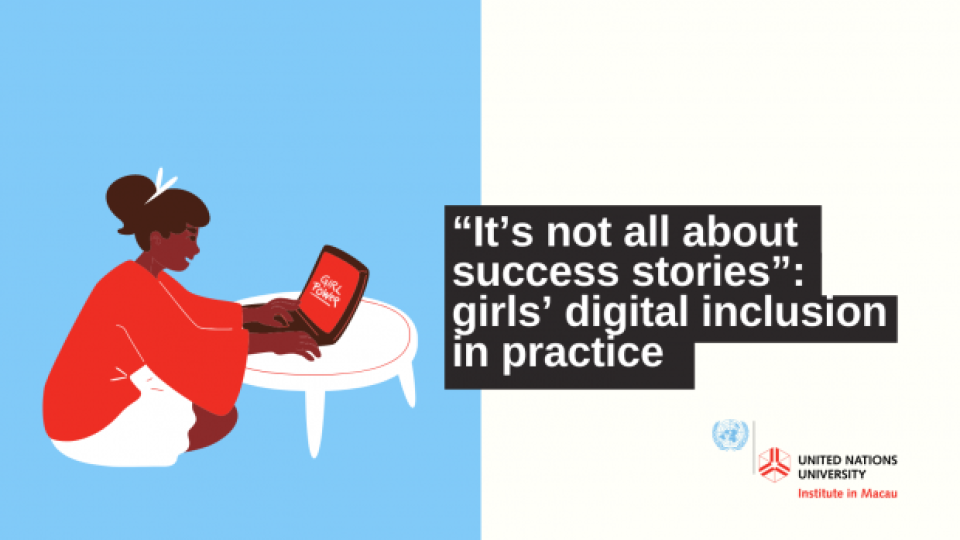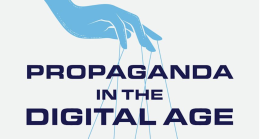In 2020, we began our study exploring the landscape of girls’ digital inclusion. We were keen to talk to those directly involved in gender digital inclusion programs design and their facilitation. We aimed to learn about ‘dos’ and ‘don’ts’ in the context of girls' digital inclusion program delivery and their evaluation. What are some of the most effective strategies for meaningful digital engagement with girls and women? What are some of the things that should work in theory, but don’t help in reality? And finally, how can we evaluate programs’ impact?

These questions were central to our conversations with gender digital inclusion experts (e.g., programs coordinators, researchers, community educators). These in-depth interviews provided us with unique insights into some of the challenges and opportunities related to the efforts to bridge the gender digital divide. In this post, we are sharing some of the early findings of the first stage of “Girls’ Digital Inclusion: the narrative of evaluation”.
When talking about ‘what works in girls digital inclusion programming, there was an agreement that a critical examination of girls’ realities, needs, and safety should be the starting point for any program. Our experts emphasized that to think about any form of ‘digital empowerment’ it is essential to contextualize girls’ social, cultural, and economic realities. While digital technologies can and should be used as tools for social change, it is important to consider communities' basic needs such as (e.g., transport, safety, food).
Our preliminary analysis revealed three areas for consideration for girls’ digital inclusion programs:
1. Intersectionality and responsiveness
Not surprisingly, our experts emphasized the importance of using an intersectional lens throughout the project. This is to truly understand and respond to girls’ realities and their changing life circumstances. Girls’ offline and offline lives might be affected by the intersections of gender with other inequalities/oppressions (e.g., sexuality, gender identity, ethnicity, indigeneity, immigration status, disability). Intersectional analysis should not be viewed as a one-off exercise, but a dynamic and responsive learning process that takes place through the program cycle (e.g. design, implementation, and evaluation) and be responsive to any unexpected changes in girls’ realities.
2. Toxic optimism and unrealistic impact assumptions
Our early findings also indicate that the existing narratives on the gender digital inclusion agenda are often viewed as overly aspirational, unrealistic – and sometimes even oppressive. For example, the narratives on ‘bridging the global gender digital divide’, ‘breaking into tech’, ‘becoming a tech role model’ were described as problematic. While sharing gender digital inclusion success stories is important, it is equally crucial to openly talk about and share programs’ learning and failures. However, nearly all experts believed that programs are often designed, delivered, and evaluated by pre-established and externally-govern criteria. When asked about who owns or benefits from programs evaluation, one said, “anyone but the girls”. It was recommended, that all girls’ digital inclusion stakeholders (e.g., funders, policymakers) should consider these issues when designing and evaluating future programs.
3. Community engagement
While the overall goal is to strive towards equitable digital inclusion for all genders, it is important to achieve this in an inclusive and sustainable way. Girls’ digital inclusion programs should aim to work alongside the community and not against it. For example, some experts reported that parents, educators or local leaders might be skeptical about girls gaining online access. It is essential to consider such concerns and find ways to approach them in a culturally appropriate and mindful manner. To achieve this, our experts recommend mapping out girls’ learning networks and the power dynamics they operate in. Meaningful community engagement is therefore recommended to take place at all stages of the project.
In light of the continually evolving digital landscape, girls’ digital inclusion programming is becoming increasingly complex. So far, our research findings suggest that to address girls’ digital needs now and in the future, it is essential to have information about intended and unintended program’s impact, as well as learn from programs successes and failures.
Finally, it is essential to highlight the amount of positive energy, collaboration, and resilience among gender digital inclusion experts. We would like to thank them for their support in our study. We will continue to collect data in the coming months and aim to share a more in-depth analysis in mid-2021.
Suggested citation: Alicja Pawluczuk., "'It’s Not All About Success Stories': Girls’ Digital Inclusion in Practice," UNU Macau (blog), 2021-03-19, https://unu.edu/macau/blog-post/its-not-all-about-success-stories-girls-digital-inclusion-practice.



